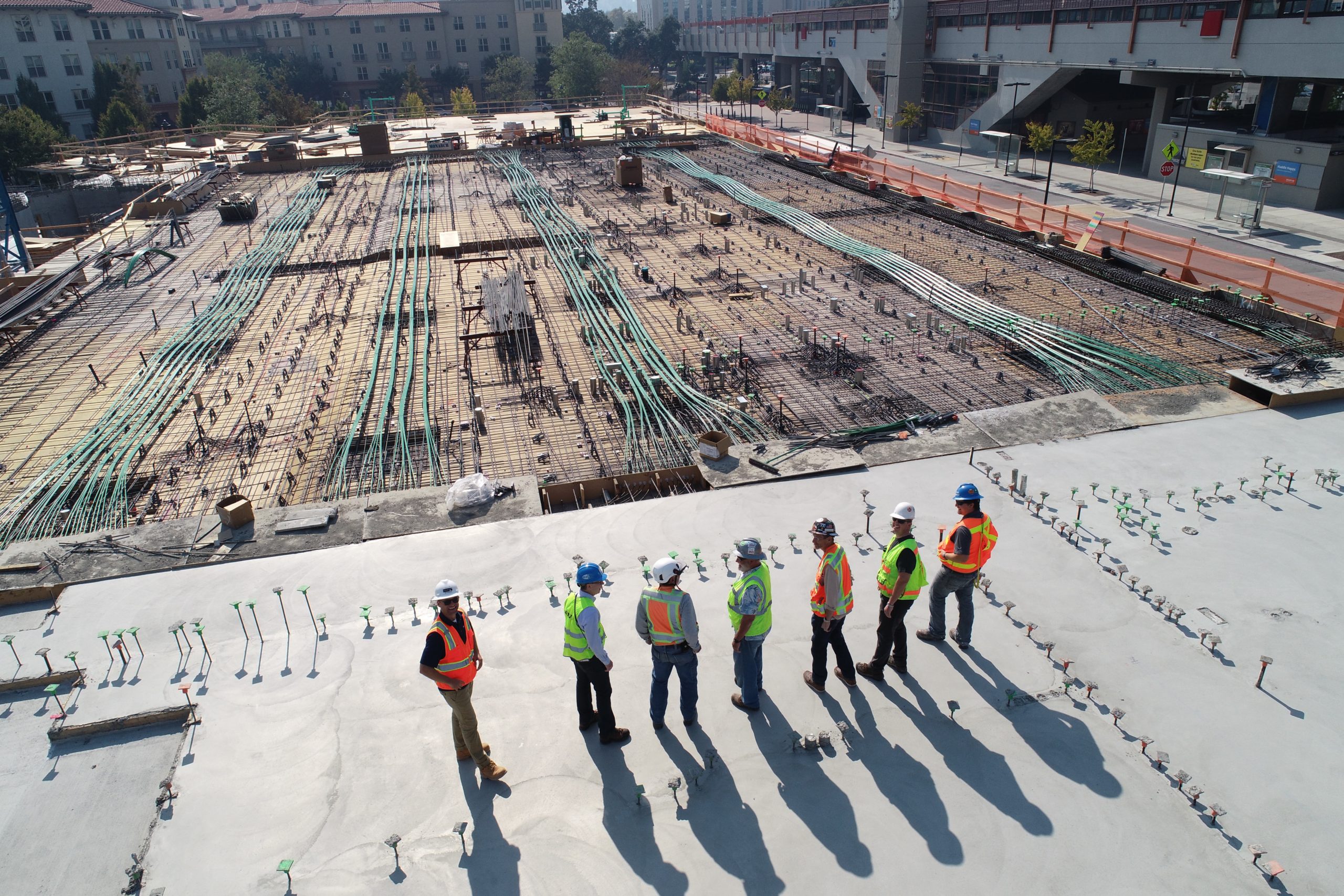When an arbitration inspection can be called for and what it entails
Both the employer and the contractor have the right to request in writing an arbitration inspection of any form of inspection within three weeks of receiving the inspection report in accordance with Chapter 7, section 6 of AB 04/ABT 06. Arbitration inspection of final inspections is most commonly requested in two types of situations. The first is when the total works are not approved and the contractor does not accept the assessment of defects made by the inspector. The second is when the total works have been approved, but the inspector has noted defects that the contractor or employer does not accept. The arbitration inspection examines the issues that led to it, such as the approval of the total works, the existence of defects and liability for defects. However, for liability assessments to be considered in an arbitration inspection, either the contractor or the employer must request them.
How an arbitration inspection works in practice
An arbitration inspection is carried out by a person appointed jointly by the parties or by an arbitration inspection panel in accordance with Chapter 7, section 8 of AB 04/ABT 06. An arbitration inspection panel consists of three persons, one appointed by the contractor and one by the employer. These two people then appoint the third person to be the chairperson. There are no rules in AB 04/ABT 06 on how an arbitration inspection should be carried out. Instead, the person, usually an inspector, or the arbitration inspection panel decides how the arbitration inspection is to be carried out. However, it should be assumed that the parties will be able to comment on the procedure and, in some cases, agree on how they want the arbitration inspection to be carried out. If necessary, an inspection can also be carried out at the location to which the original inspection report refers.
The arbitration inspection procedure has similarities with arbitration and the views of the parties should be taken into account as long as it does not conflict with mandatory law or due process. For example, the parties should be given the opportunity to agree on what evidence can be relied on and how that evidence should be presented. However, the procedure should be predictable for the parties and usually involves a short exchange of correspondence between the parties, ending with an oral hearing. The arbitration inspection procedure is thus handled over a short period of time.
In the arbitration inspection it is decided, taking into account the outcome, which of the parties shall pay the cost of the arbitration inspection according to Chapter 7, section 15 of AB 04/ABT 06. It should be noted that the issue of compensation for the parties’ own costs in connection with the arbitration inspection is not regulated in AB 04/ABT 06 and should not be addressed in the report. This means that the parties have to pay their own costs in connection with the arbitration inspection, regardless of the outcome.
What the results of an arbitration inspection can be
The arbitration inspection is concluded by drawing up a report and sending it to the parties. The arbitration inspection report replaces the original inspection report or part of it that has been arbitration inspected, but is not binding on the parties in any way. A party who is dissatisfied with the report may always request that it be reviewed by an arbitration panel or a court of general jurisdiction in accordance with the dispute resolution provisions of Chapters 9 or 10 of AB 04/ABT 06.
Disadvantages of an arbitration inspection according to the rules in AB 04/ABT 06
Given that an arbitration inspection report is not binding on the parties but can be referred to an arbitration panel or to a court of law, this may entail a long wait for a decision and high costs for the parties. Especially in the case that an arbitration inspection proceeding continues in court where there is the possibility to appeal to the Court of Appeal and in rare cases to the Supreme Court. The length of an arbitration inspection procedure may also lead to a period of uncertainty about certain legal issues. An example could be that the question of when a handover of the total works took place is not investigated until the arbitration inspection has been completed.
Another disadvantage may be that a report from an arbitration inspection results in a previously approved final inspection no longer being approved. Such an arbitration inspection result has several important consequences for both the employer and the contractor. Some of these consequences are that the contractor still has the right and obligation to carry out Additions and Alterations work, that the start of the liability and warranty period is postponed and that the limitation period for penalties, damages and claims is changed. It is particularly problematic if such a result becomes binding only after a long period of time.
Alternative solutions to an arbitration inspection according to the rules in AB 04/ABT 06
It is of course important that a party should be able to have a review of an inspection report which it considers to be incorrect. On the other hand, it should be considered in the interests of both parties that the waiting time for a decision is as short as possible, given the difficulties in foreseeing the legal consequences during the proceedings. As there is freedom of contract in construction, there is a possibility for the parties to agree that an arbitration inspection is a final procedure that cannot be appealed. Without such an agreement, the usefulness of an arbitration inspection is questionable unless the parties are only seeking an indicative opinion.
As an arbitration inspection procedure entails high costs for both parties regardless of the outcome, it may be a better option to first request a corrected position from the inspector. If there is good reason to question the inspector’s position, this may be possible, but in these cases it should only be a question of minor errors or obvious typographical errors. If the inspector considers that the arguments are correct, he may, after informing the other party, issue a corrected report. Alternatively, the parties themselves may agree on a different meaning than that recorded in the report by the inspector. If the parties so wish, such an agreement may also provide for one party to pay financial compensation to the other.
If none of the above is possible, there is still dispute resolution under Chapters 9 or 10 of AB 04/ABT 06 where, unlike arbitration inspection, there is no time limit for requesting a review. Simplified dispute resolution in Chapter 10 is a faster and less costly procedure than in dispute resolution according to Chapter 9. The decision following a review under Chapter 10 is binding on the parties unless they agree otherwise or a party files a notice of dissatisfaction and subsequently refers the matter for review under Chapter 9. The only way for disagreeing parties to settle an issue directly and finally is by arbitration under Chapter 9. Such an award cannot be appealed, but the procedure involves significant costs for the losing party.
Choose the means of appeal according to the specific situation
As a starting point, litigation should be avoided if the value of what is in dispute is disproportionate to the cost of the dispute. In this respect, the form of negotiation is crucial and the parties should therefore carefully consider the most appropriate means of review in the event that an agreement between the parties cannot be reached.
Are you an employer or a contractor affected by the above with questions about this? Feel free to contact our construction law team and we’ll help you.
The article is published in Husbyggaren nr 3-2022 and written by partner Eva Westberg Persson and associate Ragnar Morin.



